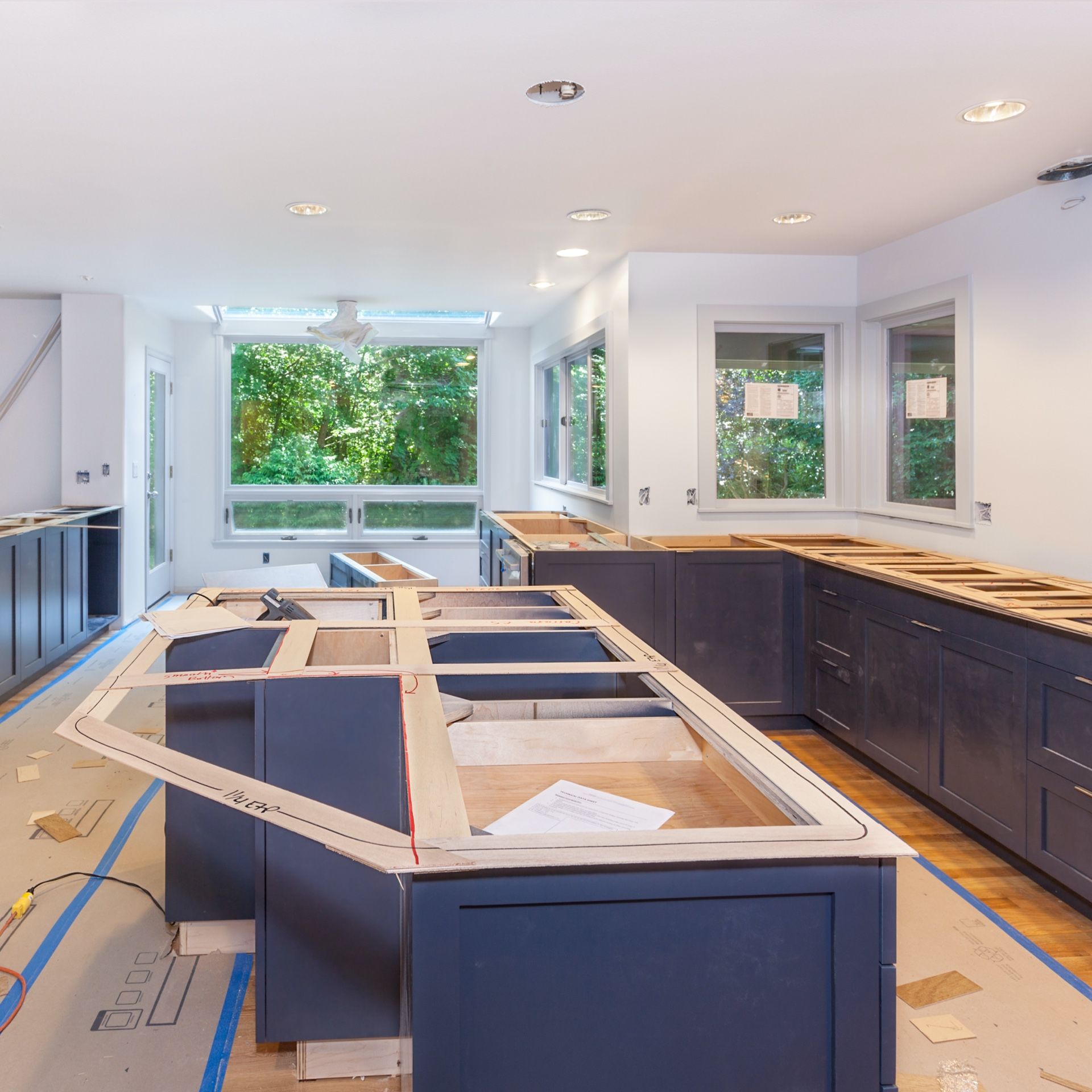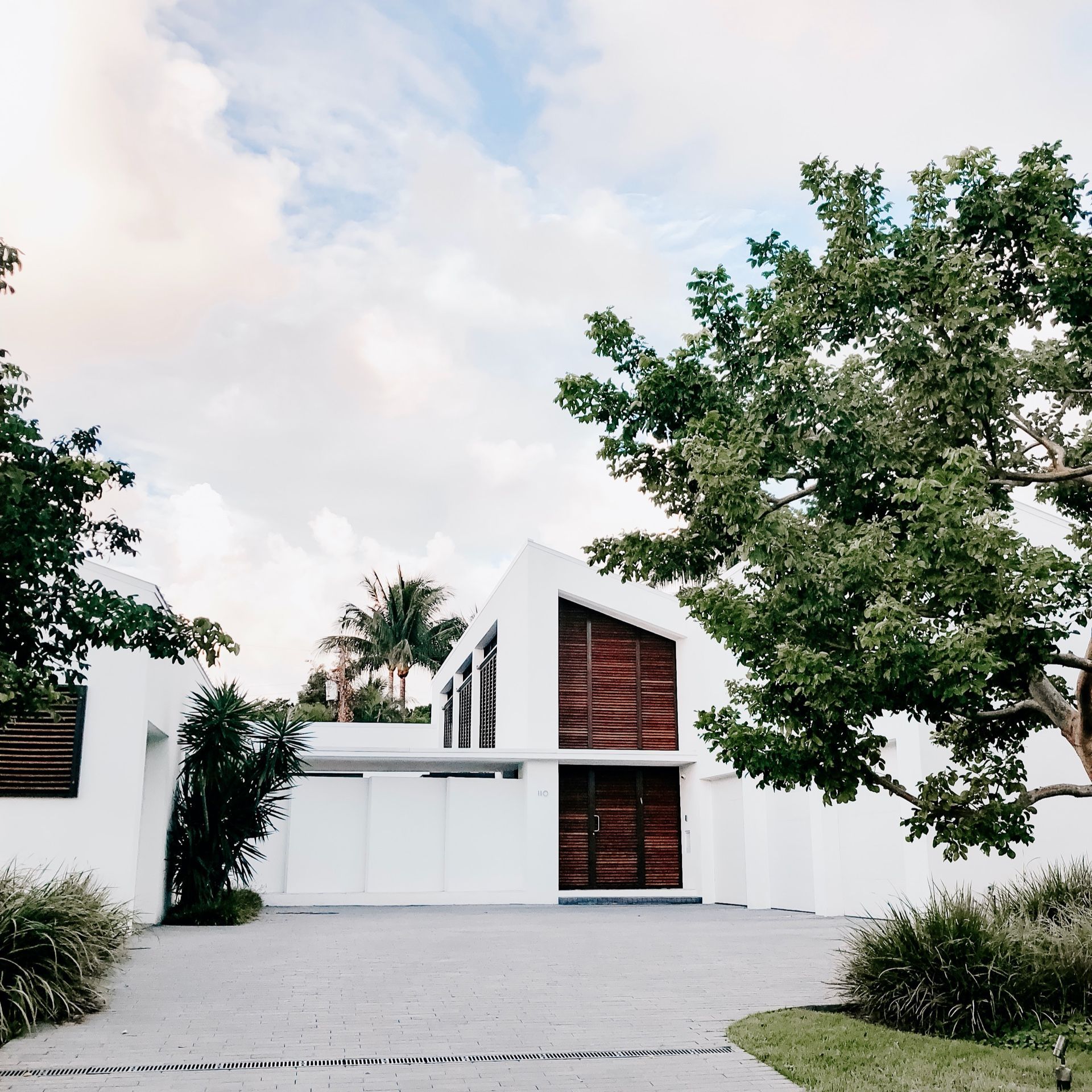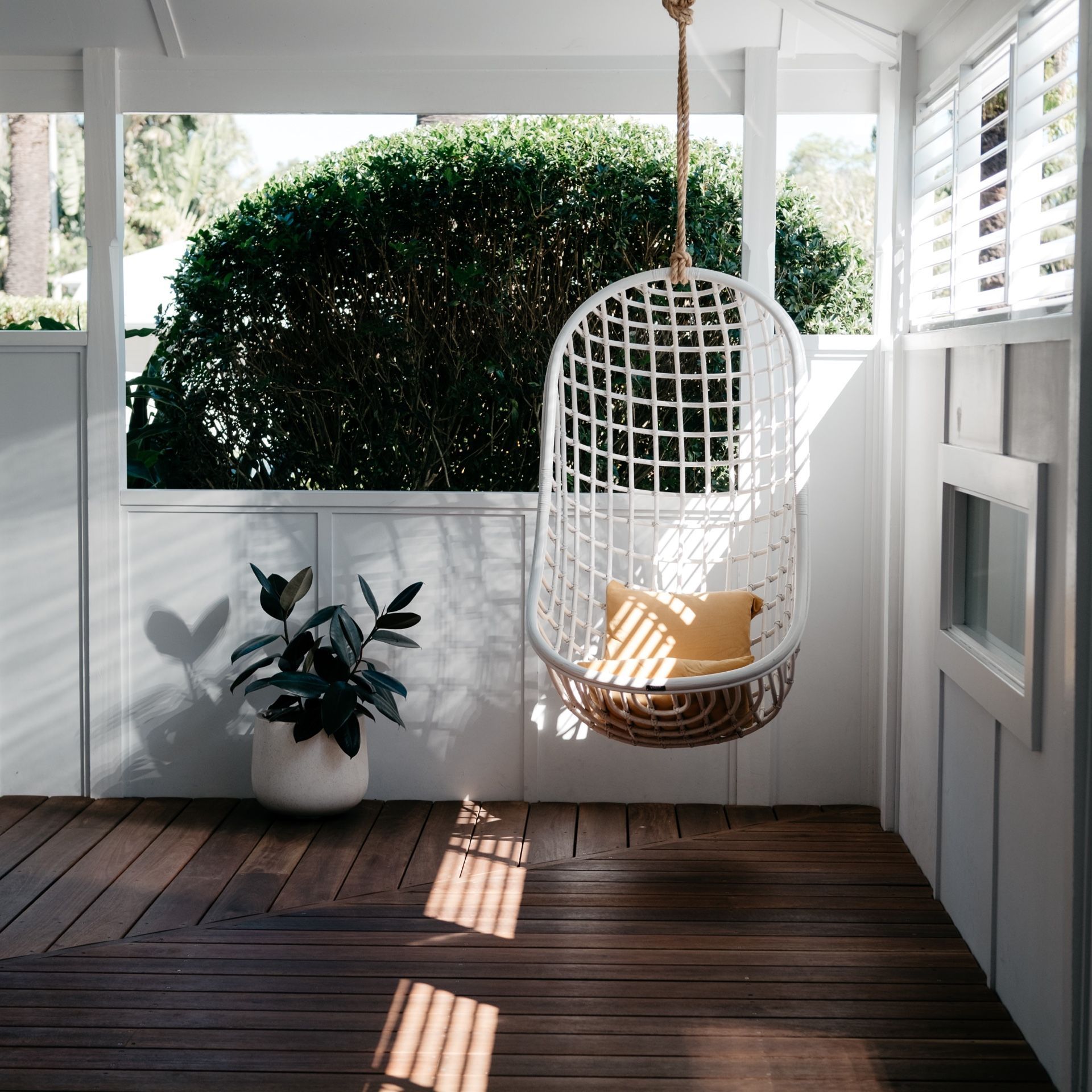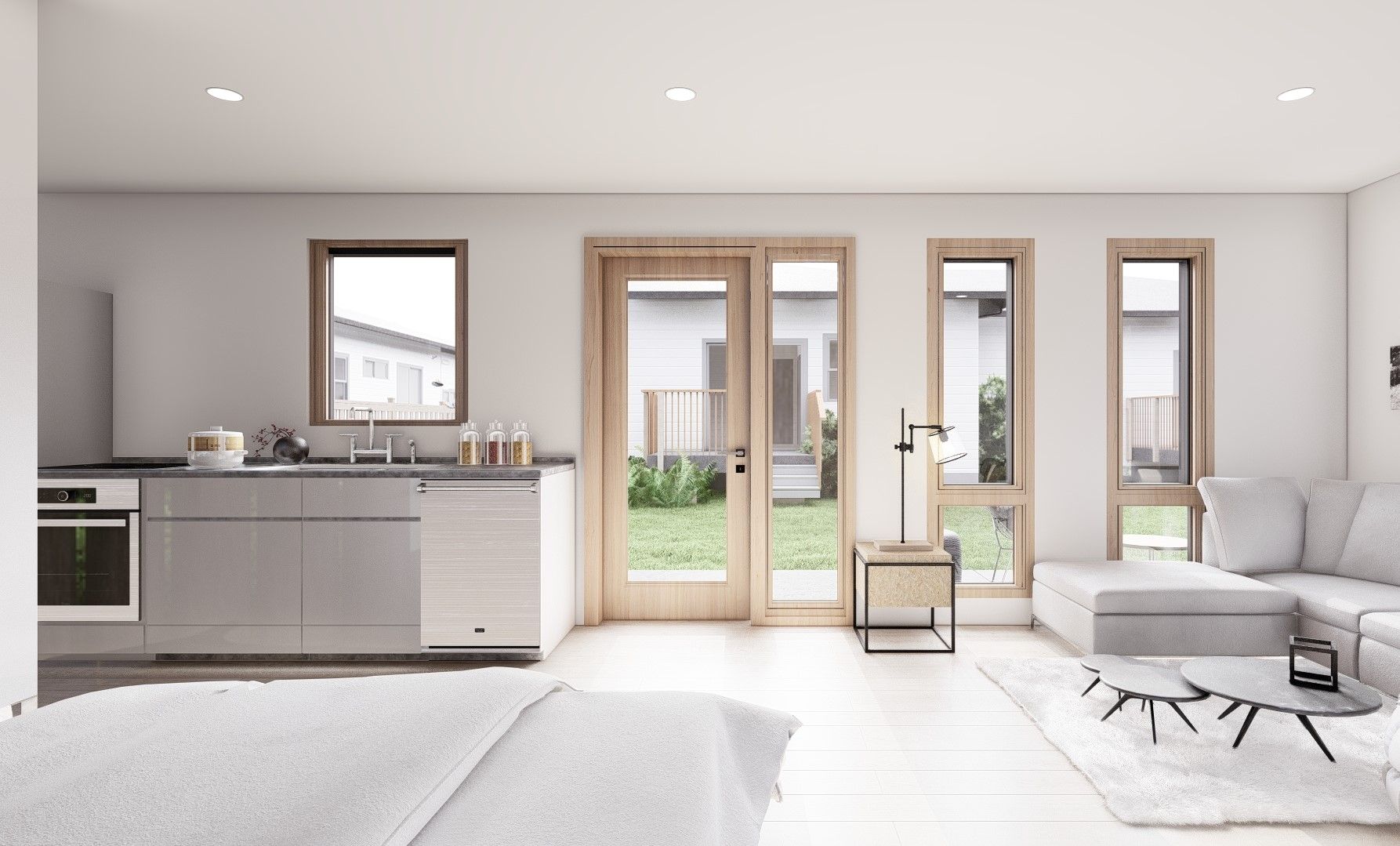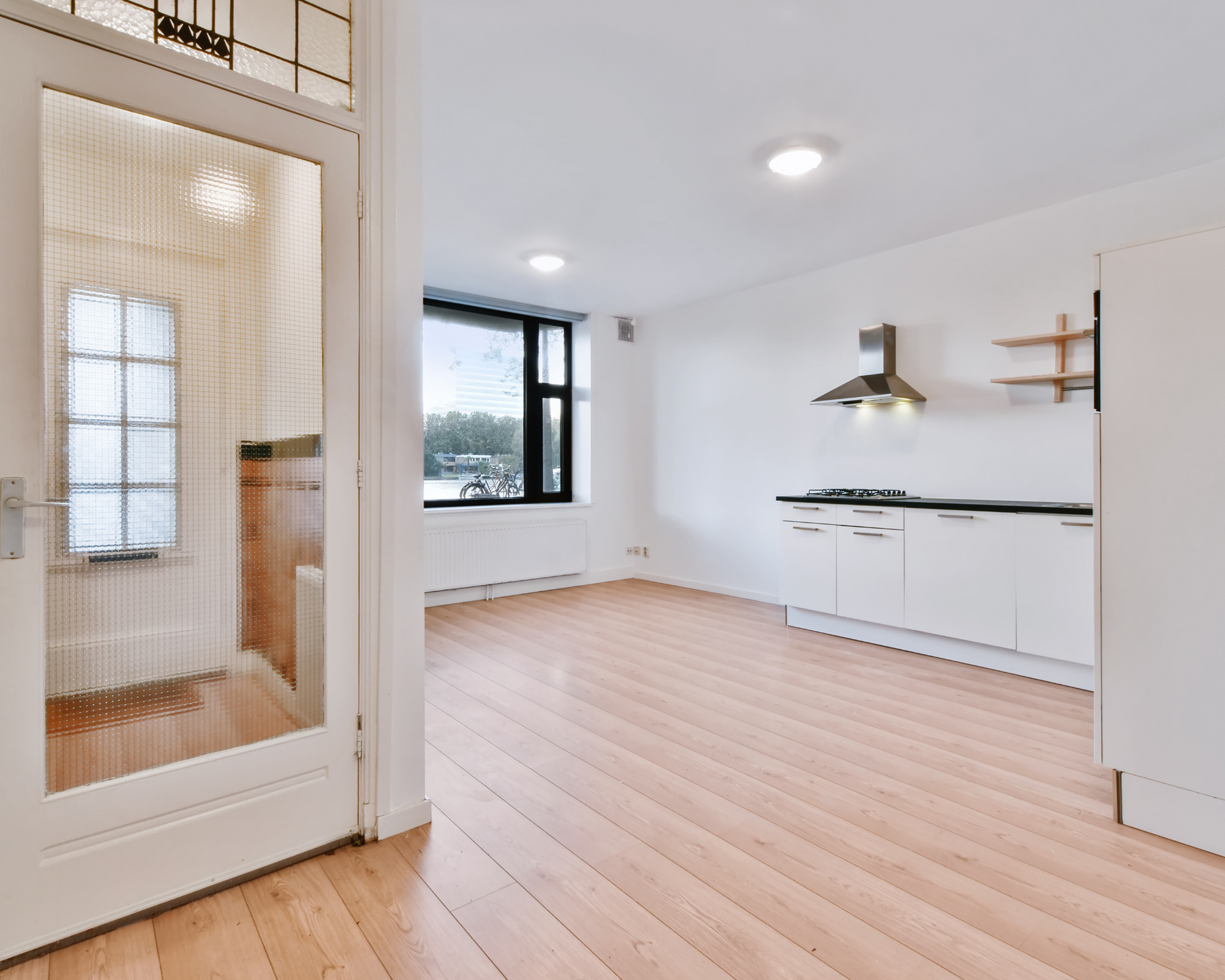What is the $40,000 grant in California for ADUs?
Overview of the California ADU Grant Program
The California Accessory Dwelling Unit (ADU) Grant Program, administered by the California Housing Finance Agency (CalHFA), was launched in 2022 to address the state's severe housing shortage by incentivizing homeowners to build ADUs (also known as granny flats, in-law units, or backyard cottages). These secondary housing units on existing properties help increase affordable housing supply without requiring new land development. The program provided one-time grants of up to $40,000 to cover pre-development and non-recurring closing costs, such as site preparation, architectural designs, permits, soil tests, impact fees, property surveys, energy reports, and interest rate buydowns. Eligibility targeted low- and moderate-income homeowners (typically under 80% of the Area Median Income, or AMI), with a focus on owner-occupants rather than investors. Grants were distributed through approved lenders and nonprofits, prioritizing socially disadvantaged areas and BIPOC communities.
Key Milestones and Funding History
- 2022 Launch (Phase 1): Allocated $100 million, which funded approximately 2,500 ADUs across 44 of California's 58 counties. About 42% of funds went to disadvantaged areas, and over half supported BIPOC households.
- 2023 Exhaustion and Revival: By late 2023, the initial funds were fully depleted due to overwhelming demand. In December 2023, the program relaunched as Phase 2 with a reduced $25 million allocation, tightening eligibility to households below 80% AMI (e.g., up to $194,000 in Los Angeles County) to better serve low-income families.
- **2024 Exhaustion**: The Phase 2 funds were exhausted within days of reopening in early 2024, halting new applications.
So What Happened?: Current Status as of September 2025
Currently, the California ADU Grant Program is “currently paused and not accepting new applications” because all allocated funds have been fully distributed. No new funding rounds have been announced in the 2025 state budget to date, though the program's popularity and California's ongoing housing crisis (exacerbated by high construction costs and demand) suggest potential for revival in future budgets. The CalHFA website still promotes the program and its past successes but does not list open application periods. High demand—applications often outpacing funds by thousands—has led to quick depletions, prompting calls from advocates like the California Community Economic Development Association to expand funding and lower income thresholds further.
Future Outlook and Alternatives
While the program is inactive, the state of California claims its commitment to ADUs remains strong. The 2025 Accessory Dwelling Unit Handbook (updated by the Department of Housing and Community Development) introduces new incentives like streamlined pre-approval processes starting in 2025, faster permitting, and fee waivers for smaller units. Homeowners should monitor CalHFA's website or contact approved lenders for updates on potential 2026 funding.
In the meantime, explore these alternatives for ADU financing:
- Local Programs**: Cities like Santa Cruz offer forgivable loans up to $40,000 plus fee waivers; San Diego provides loans up to $250,000.
- Statewide Programs: CalHome Program (grants/loans for ADU construction/rehab); Local Housing Trust Fund (LHTF) for repairs; SB 2 Planning Grants for local incentives.
- Federal/Other: ENERGY STAR rebates for energy-efficient ADUs; low-interest loans via Fannie Mae or Freddie Mac.
While we wait for additional information, please feel free to
call us at San Fernando Valley ADU Construction Contractors for advice in your specific situation. You can also consult a CalHFA-approved lender or visit calhfa.ca.gov/adu. But, building an ADU can still add significant value regardless of the currently prevailing subsidies from the California state government. An ADU could potentially increase property value by 20–30%—even without the grant.

